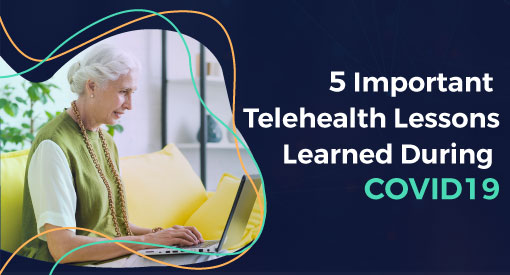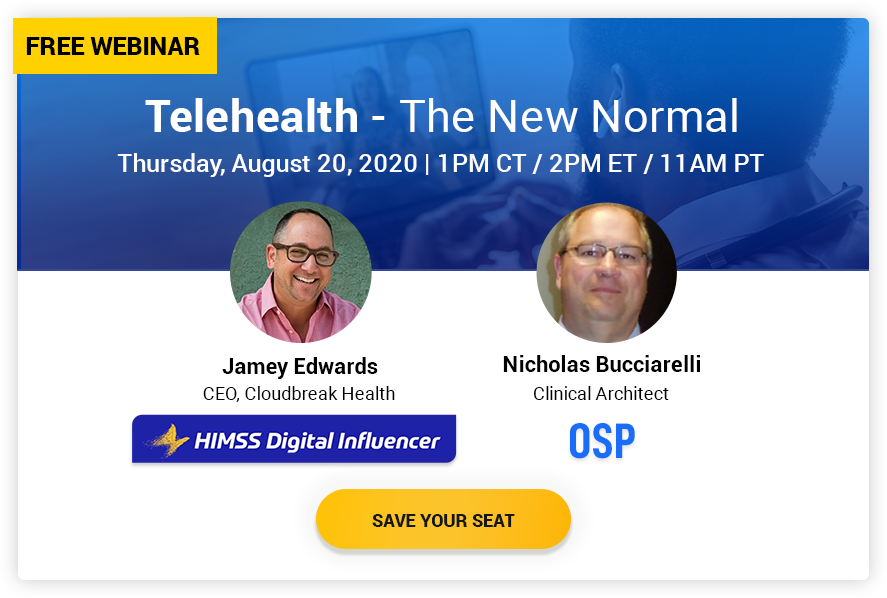Introduction
As of May 8th, 2020, the novel coronavirus (COVID19) has affected over 3.9 million cases globally and caused 271,000 deaths. In the US, we now have the highest number of cases and deaths. COVID19 has spread its reach across every state and is continuing on the rampage with more than 1.2 million cases, according to the Centers for Disease Control and Prevention (CDC). As the healthcare system battles tirelessly to overcome this pandemic, we have been faced with a reality of the sheer inability of our current systems to deal with a contagion of this kind.
We are now reconciling with the new reality of social distancing, lockdowns, and work from home norms. Healthcare is no exception to this evolved nature of the new normal. Telehealth is the future of healthcare, and organizations must embrace the emerging technologies related to this domain to stay relevant and increase their ROI. Globally, governments are now focusing on the long-overdue requirement of pumping money into the healthcare sector towards research, community-based diagnostics, and population health management. All these factors will be realized through the one and all-important domain – Telehealth.
Lesson 1 – Merging Telehealth with Remote Patient Monitoring
- As of 2019, 88 percent of healthcare organizations in the country have invested in Remote Patient Monitoring technologies, and the number is only set to rise this year. The value-based care model has now matured toward innovative technologies that combine the benefits of RPM with those of Telehealth.
- Adapting to the trend of empowering patients to take control of their own health, these systems are designed to offer an insight into the specifications of their health conditions. The innovative technology involved allows the patient to continually monitor and conduct primary screening, without the need for physical checkups.
- The continual approach of the technology allows for an ongoing process, with health management charts and analysis that provide time-based summaries, such as weekly data for further analysis.
- Furthermore, the device is enabled to offer a primary diagnosis, based on an analysis of symptoms that are entered by the patient—a means to self-diagnosis.
- The initial diagnosis is then taken a step further to offer a connection to the doctor who is closest in proximity or convenience.
- Patients are further empowered through accurate and relevant information that can be continually updated to create awareness and avoid panic.
- Finally, there can be a provision to offer suggestions for further action that are relevant or customized toward the patient’s particular needs.
- It is important for us to realize that the current outbreak is not an isolated event and is likely to reoccur as the world moves further along the globalization path and continues to get smaller. Telehealth, as a culture, is the roadmap of future healthcare.
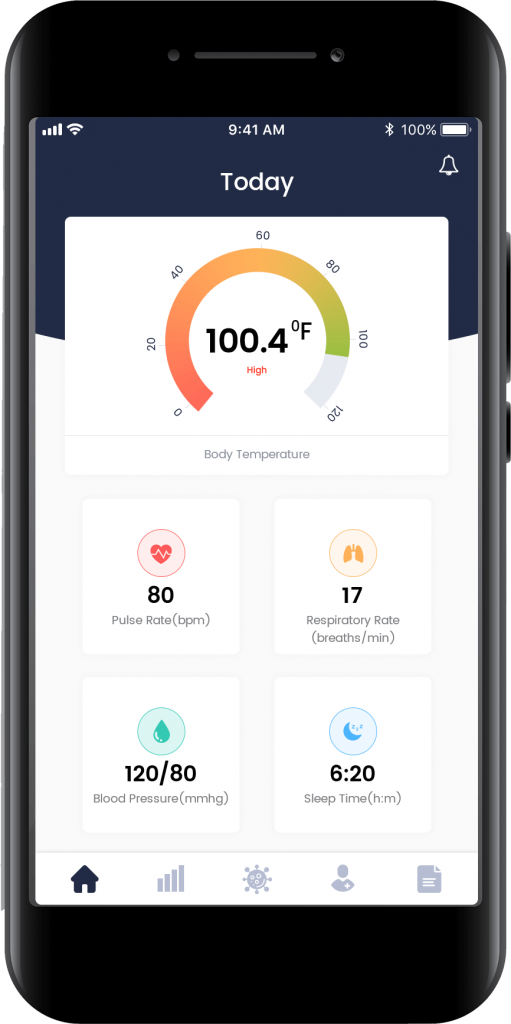
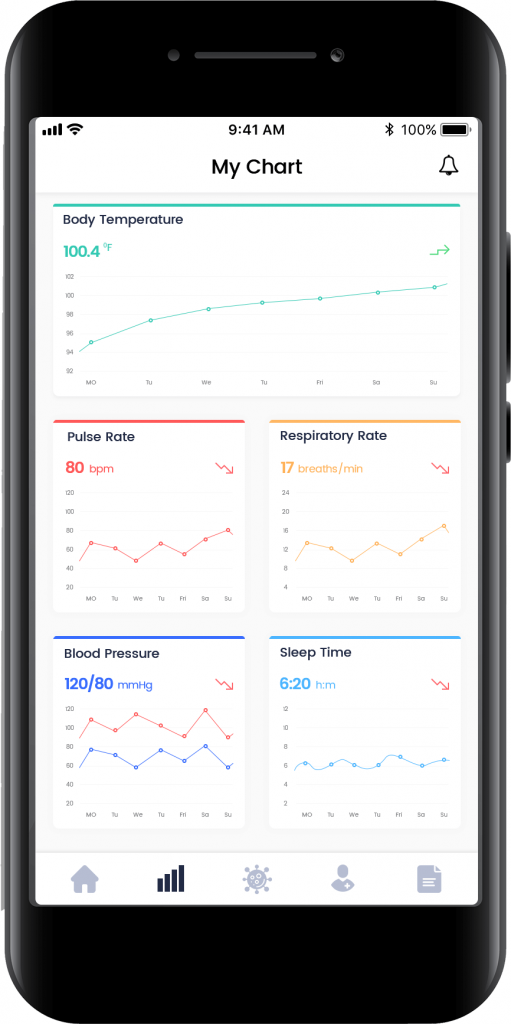
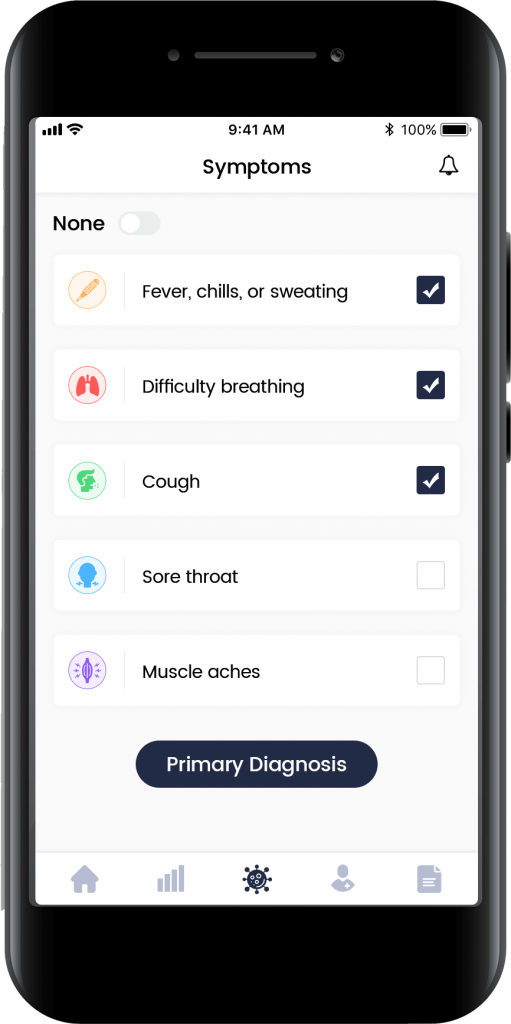
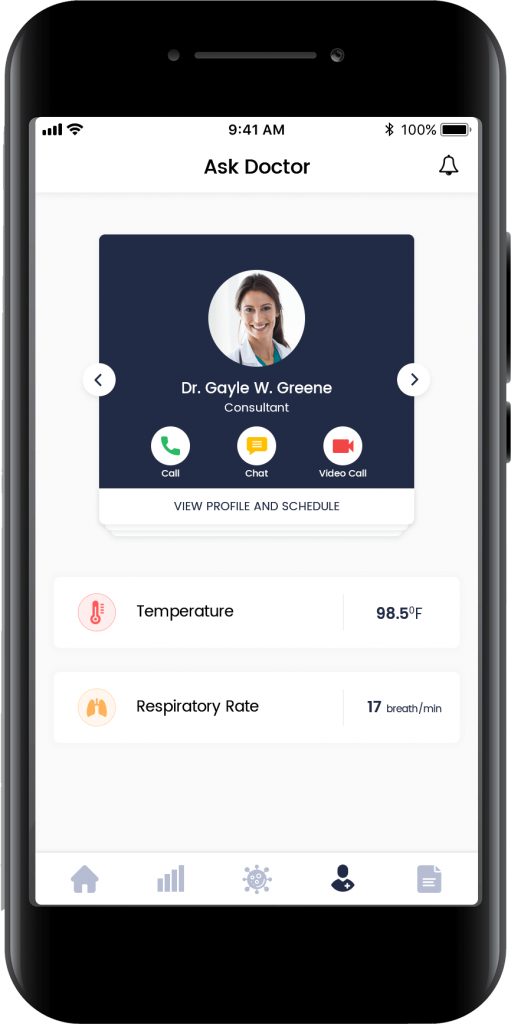
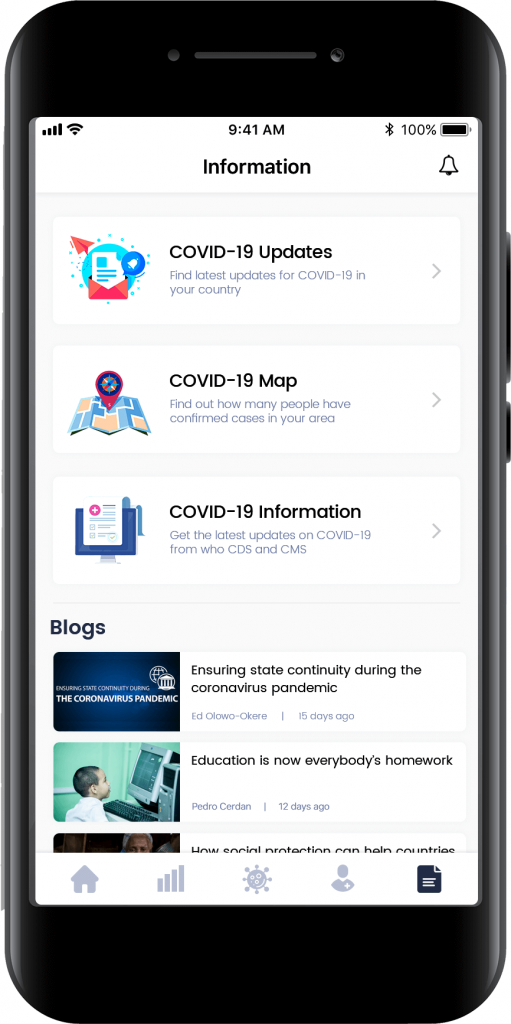
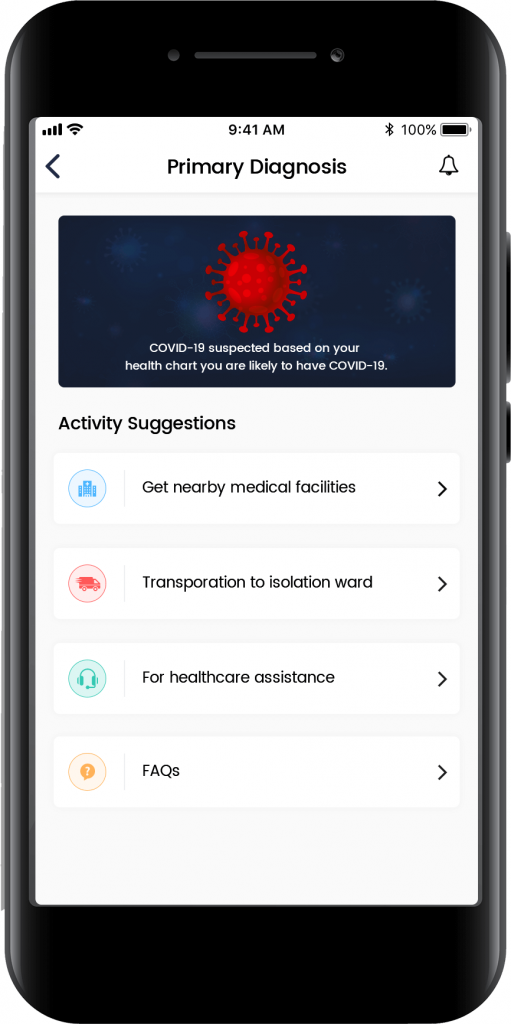
Lesson 2: Merging Telehealth with Portable Screening Equipment at Remote Centers
This unification is essential to provide healthcare services to those dwelling in areas that are distant from developed centers. As an example, the US is faced with a criticality of pregnant women, living in rural communities, facing the crisis of inadequate care and limited or no access to Maternal-Fetal Medicine (MFM) experts, leading to birth abnormalities or miscarriages.
- Sonography machines that are available at local clinics can be used to conduct ultrasounds that are enabled with live streaming for viewing by associated field experts.
- Through telehealth technologies, patients in remote areas are provided with instant access for quality health diagnosis via an interactive web admin panel on the mobile application that is empowered with smart and secure architecture.
- Whether it’s pregnant women, or ailing patients, or a contagion, the unification of Telehealth with real-time video streaming can serve as a major step towards addressing the needs of dwellers in remote areas.
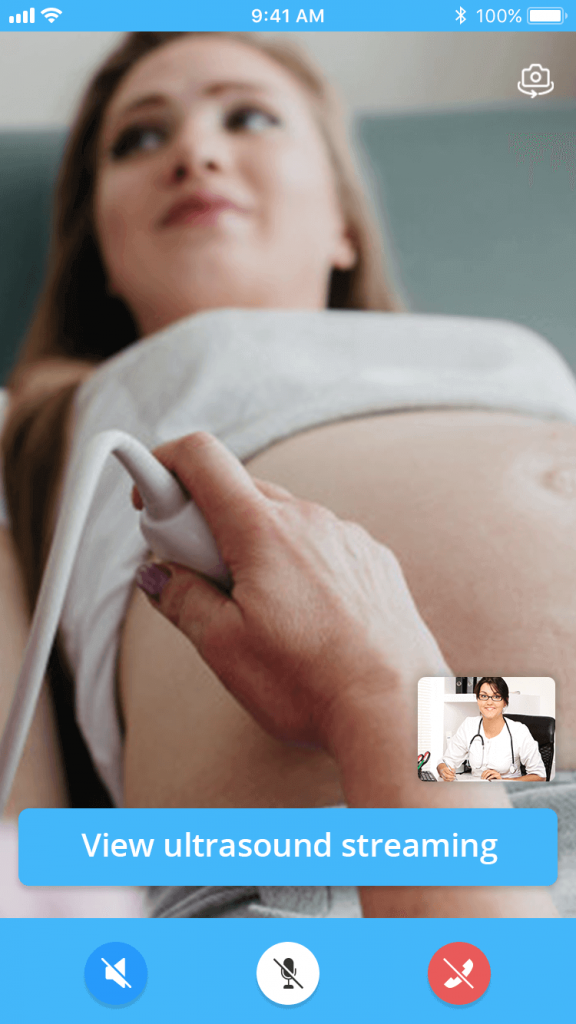
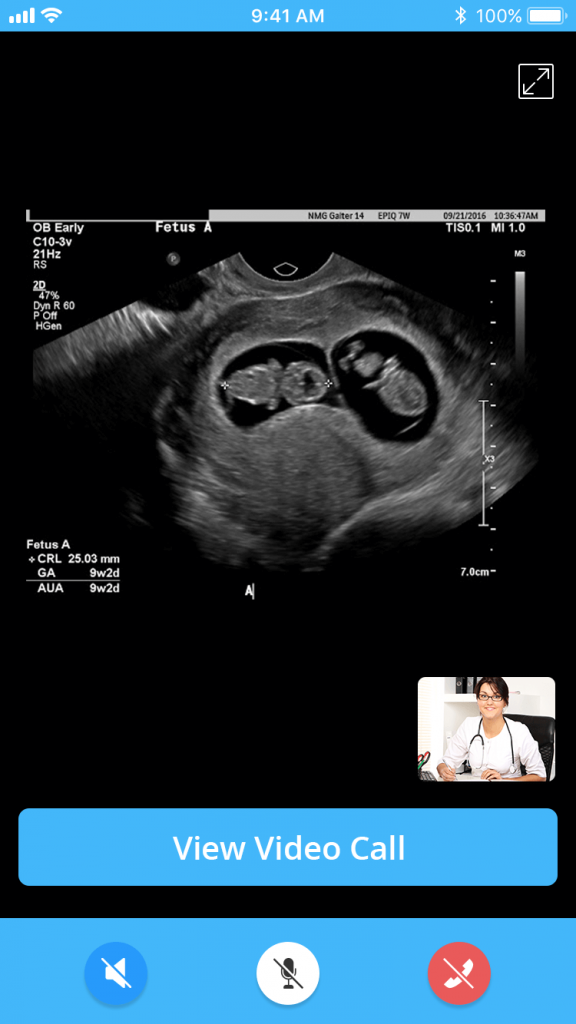
Lesson 3: Merging Telehealth with EHR, Practice Management and Billing
- A comprehensive telehealth mechanism that ranges across the entire lifecycle of health management will work towards the overall adoption of innovative technologies of the healthcare organization.
- Appointment scheduling on mobile devices, wherein the patient is responsible for the entire appointment scheduling process through automated features on their device. In the same manner, the registration process can be enabled on mobile devices to limit inconvenience and allow the process to function smoothly at the patient’s end. Enabling provisions for insurance eligibility verification through innovative technology that offers automation can be undertaken seamlessly.
- With the use of technologies, such as real-time streaming of video calls with experts, self-diagnosis, primary screening, etc., treatment plans can be identified and accessed without the need for a physical visit to the clinic. Additionally, a web-based system that uses automated techniques to analyzes physician documentation and recognizes relevant medical codes.
- Patient preauthorization, fee charges, payments, recovery, statements, co-pay management, collections, and reimbursements can all be undertaken through Telehealth to create a holistic billing experience. Through the enabling of the above-mentioned services on patient’s devices, Telehealth can evolve as a virtual clinic.
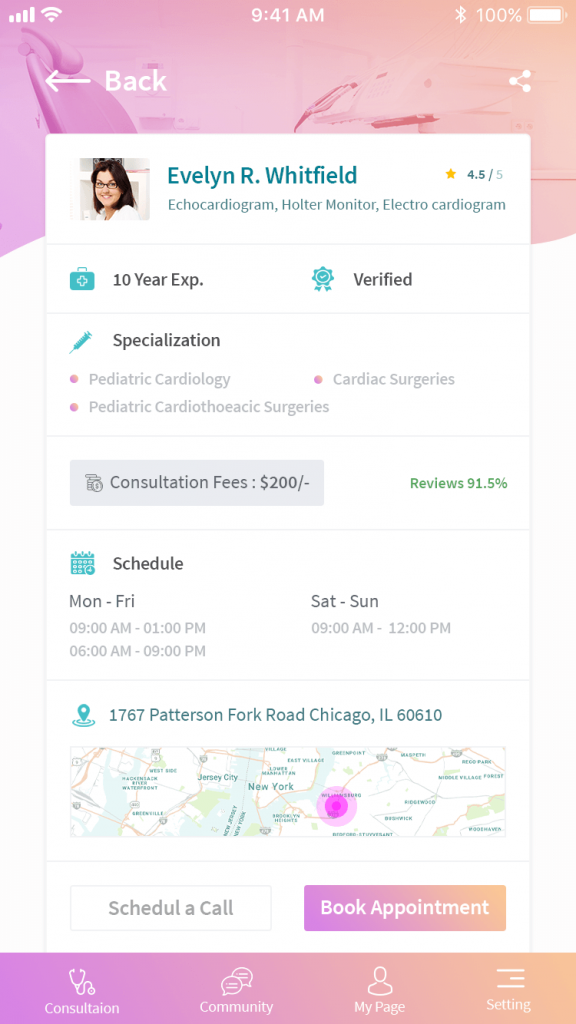
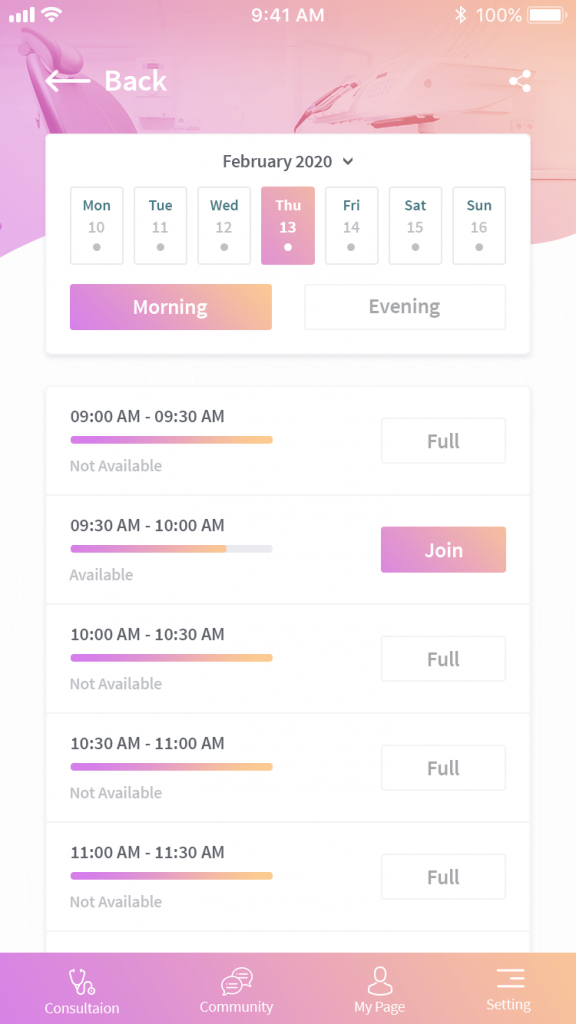
Lesson 4: Merging Telehealth with Patient Education
- Patient education is no longer a luxury for a select few. The COVID19 pandemic has transformed it into the need of the hour. Globally, people need to comprehend the factors that contribute to health hazards and initiatives toward health betterment. Integrated technologies that offer analysis on health patterns, EHR solutions, automated health reminders, and wellness initiatives on patient devices can effectively simplify accessibility.
- As we struggle to confine the growing rate of infection, we have learned that healthcare needs to evolve at a speedy rate to face emergencies. Digital health technologies that educate communities and patients are required to a greater degree than ever before. Hospital spaces are full, and doctor availability is at an all-time low. Accessing the required healthcare advice and information can be accommodated through telehealth services, without the added pressure for physical examination and space.
- Finally, and most importantly, population education in the time of a health crisis is the critical means of controlling the spread of infection. Healthcare organizations should grab the Telehealth opportunity with open arms.
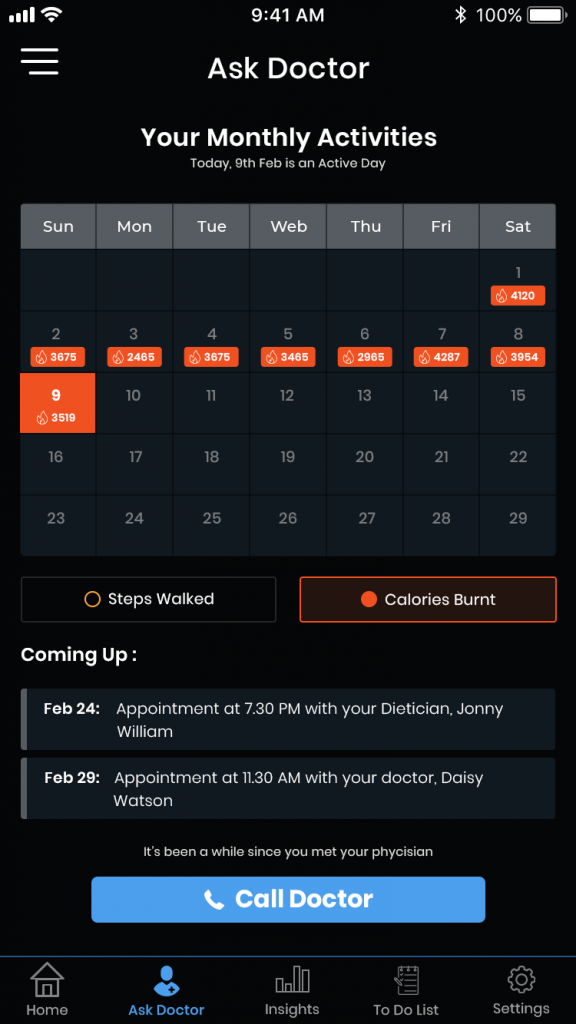
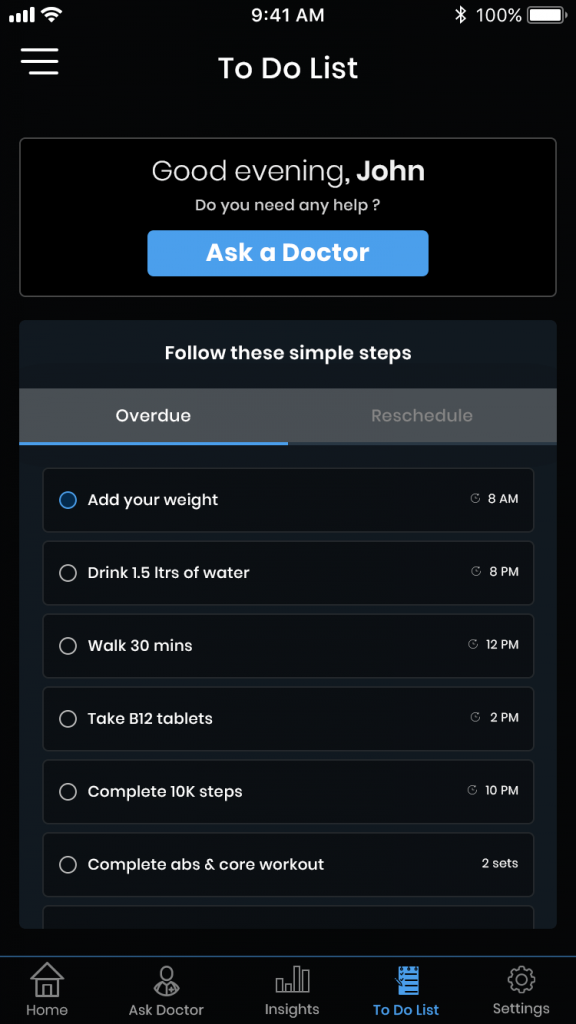
Lesson 5: Merging Telehealth with COVID19 Billing
- COVID19 has modified the healthcare landscape to create new guidelines and clinical procedures. Medical billing is crucial among these modifications. Telehealth can be incorporated to offer automated billing solutions that remove the requirement of manual processes by health administrative staff and create opportunities for billing and reimbursement virtually.
- Furthermore, there are innovative technologies that can now offer the entire range of healthcare codes by CMS in a tabular form with automatic updates as the situation changes or evolves. In the current emergency situation, several Medicare restrictions, related to Telehealth, have been lifted.
- Patients can now virtually access physicians, and non-HIPAA compliant technology has been permitted. There is no cost-sharing involved in COVID19 testing and several waivers on co-pays and deductibles for telehealth services.
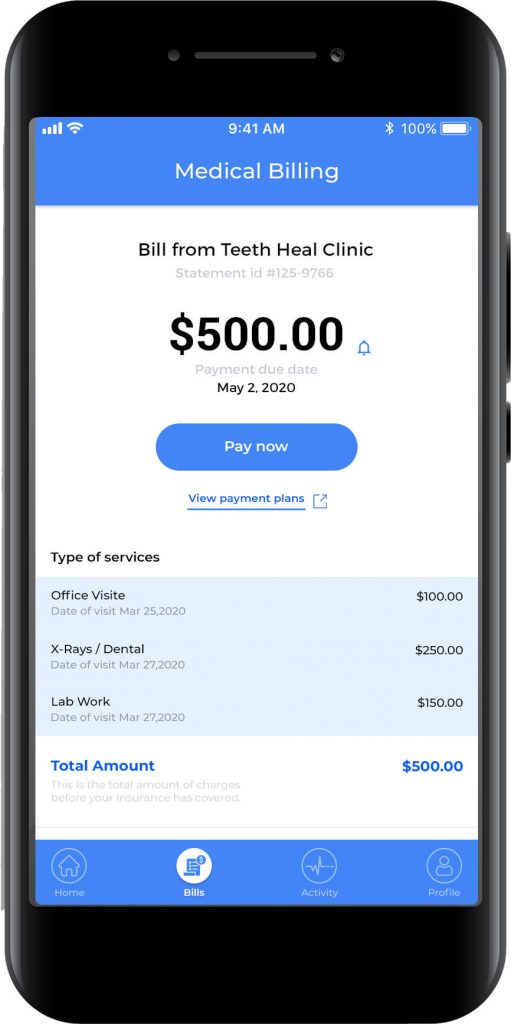
Conclusion
The COVID19 outbreak has taught us to change our ways, with the healthcare sector being at the forefront of this realization. Telehealth has emerged as a critical component to combat the spread of the virus, offer solutions for risk analysis, create real-time monitoring opportunities, and offer predictions for health quality. Accessibility, connectivity, and patient engagement are priorities that have been successfully upheld through this technology.
Within the past decade, we have seen a doubling of numbers in organizations that are interested in adopting Telehealth. Utilization of these services has seen a drastic increase in the recent time. The combination of Telehealth with other healthcare applications is set to poise early adopters of healthcare organizations to emerge victorious in the future. The manner of practicing medicine has changed, priorities have changed, lifestyle has changed, and telemedicine is the answer to satisfy this shift in approach. With social distancing norms established, we can predict an exponential rise in virtual visits for healthcare. Telehealth is the disruptive technology that will be the game-changer within the healthcare sector.
OSP is a trusted software development company that delivers bespoke solutions as per your business needs. Connect with us to hire the best talents in the industry to build enterprise-grade software.

How can we help?
Fill out the short form below or call us at (888) 846-5382
Looking for software solutions to build your product?
Let's discuss your software solutions for your product in our free development acceleration call!
Get In Touch arrow_forwardDiscuss Your Project Handover with a team of expert Book a free consultation arrow_forward
About Author

Written by Riken Shah linkedin
Riken's work motto is to help healthcare providers use technological advancements to make healthcare easily accessible to all stakeholders, from providers to patients. Under his leadership and guidance, OSP Labs has successfully developed over 600 customized software solutions for 200+ healthcare clients across continents.







